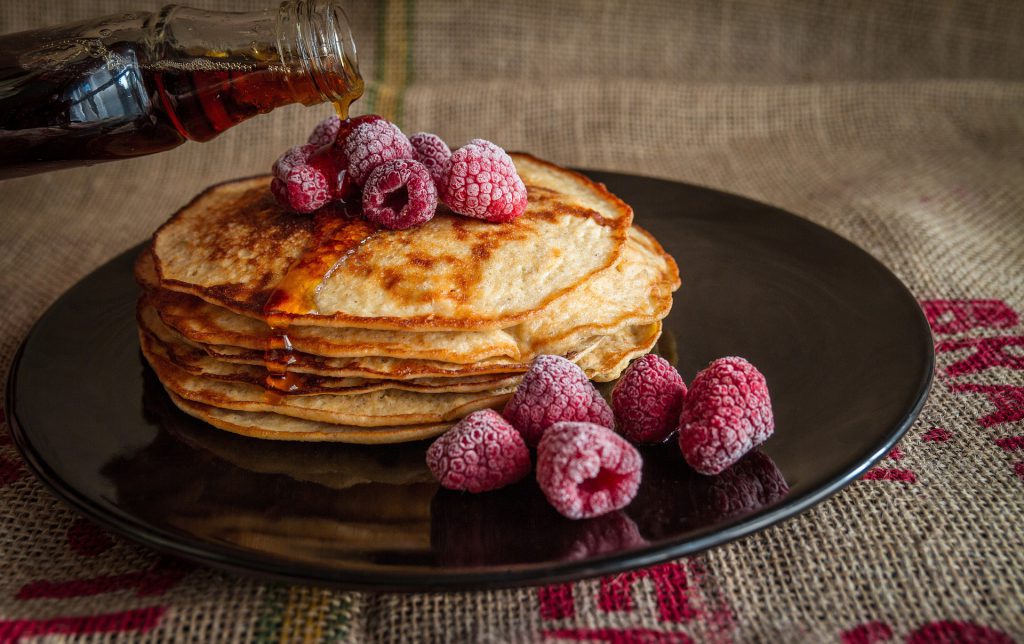
Maple syrup is made from the sap of Acer saccharum (sugar maple trees). Canada’s sugar maple tree has very high sugar content. Maple syrup is one of the most famous specialties in Canada as well as one of the important economic sources of Canada. It can be said that maple syrup is the liquid gold of Quebec. It is understood that the flavor of maple syrup will be affected by the growth area, weather, harvest time, production technology and storage methods, and other factors. Some of the resulting high-quality syrup will eventually be bottled and sold on supermarket shelves. However, others that are not so delicious are often sold to food companies, which use them as natural sweeteners in their products.
Just as the characteristics of the wine are determined by “soil”, i.e. the unique aspects of the vineyard, such as temperature, soil, land slope, rainfall. The maple syrups are determined by many factors too, making each farm have their own special flavor maple syrups. The United States and Canada have a grading system that helps consumers distinguish different syrup according to the strength of the taste. The maple syrup collected at the beginning of the harvest season is lighter in color and has a more subtle taste than the darker and stronger taste syrup at the end of the harvest season. To help them grade their products and classify the syrup more quickly, scientists at the University of Montreal in Canada have invented an “artificial gold tongue”. This is a colorimetric test that detects color changes to show the taste of maple syrup samples. The result can be seen with the naked eye in just a few seconds, which is very useful to the producer.
“Quebec maple syrup manufacturers approached us in 2017 to help develop a test that can identify maple syrup with different flavors,” explained Jean-François Masson, a chemistry professor at the University of Montreal in Canada.
Professor Marson’s team specializes in the use of gold nanomaterials and realized that they could use the noble metal nanoparticles for color testing for Quebec manufacturers. “Gold is no longer a shiny yellow (in this size scale), but a crimson,” he told everyone. “the presence of molecules with different flavors leads to the aggregation of gold nanoparticles, leading to the fact that the color turns dark blue.” In fact, the test consists of gold nanoparticles suspended in water. Usually, the solution is red and it keeps red when a few drops of consumer-grade maple syrup are added. However, if it is a low-quality syrup, its organic molecular combination will aggregate the nanoparticles and turn the solution blue in 10 seconds. As you can see, the working principle of this test is very similar to the pH or chlorine test in the swimming pool. Professor Marson explained that the team used gold because only a very small amount of gold (about 1/1000000 grams) was needed for testing. In addition, the color change of the material can be easily detected by a simple spectrophotometer, and gold reacts well with some molecules in maple syrup. He hopes the test could benefit manufacturers in many ways. This “gold tongue” can help identify maple syrup and help trained technicians assess the appropriate grade of 300,000 barrels of maple syrup produced annually in Quebec, so the industry may benefit.
Reference:
Forest, S., Théorêt, T., Coutu, J., & Masson, J. F. (2020). A high-throughput plasmonic tongue using an aggregation assay and nonspecific interactions: classification of taste profiles in maple syrup. Analytical Methods, 12(19), 2460-2468.
